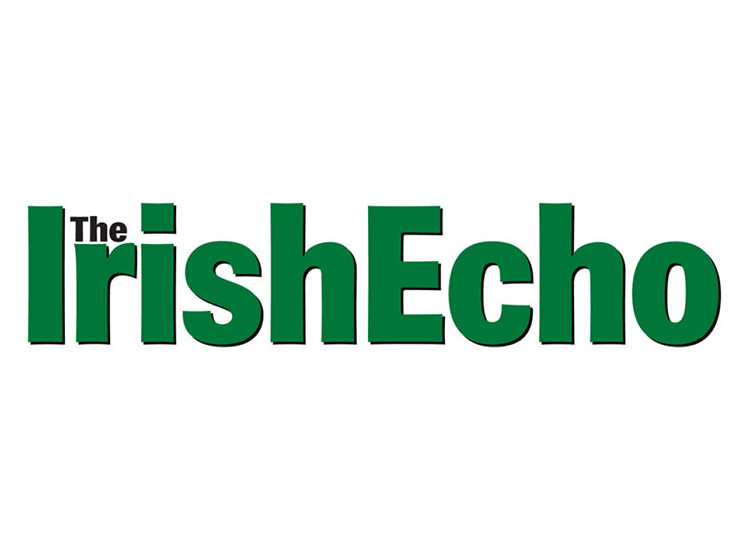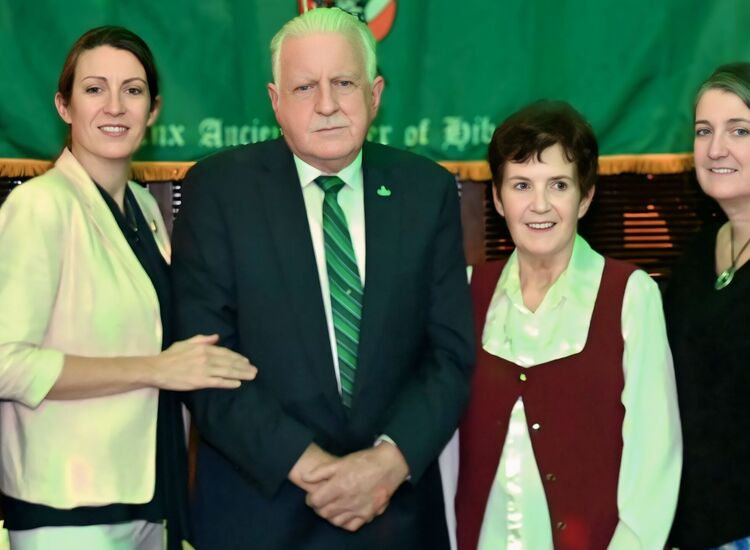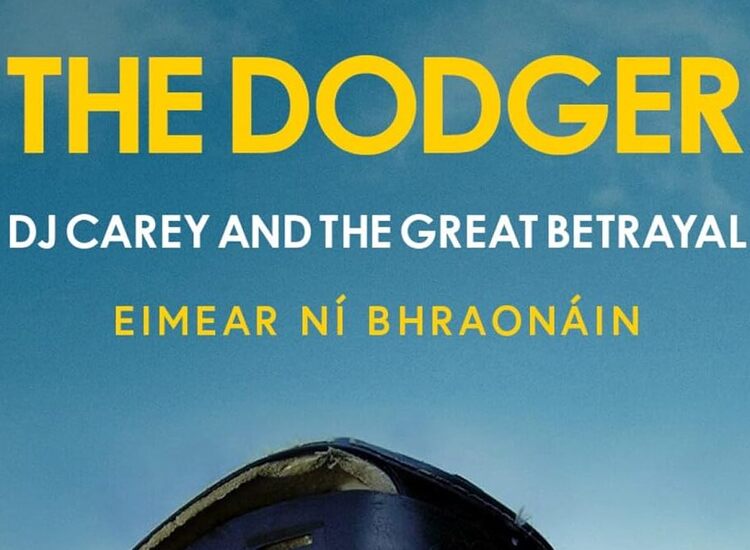By Olive Collins
In the mid-90’s I attended a St. Patrick’s Day party in Israel where most of us were Scottish, Welsh and Irish.
A man from Jamaica joined our crew. He sang along to the Irish songs and even had his own version of the song, “The Wearing of the Green.”
I assumed the Jamaican liked Irish folk music, or had spent some time in Ireland. He told me he had never been to Ireland, however he identified his heritage as Irish.
Most of us born in Ireland pre-1990 will have attended a Catholic school, sat beside a white Irish child, taken a white boy to our debs and had little to no interaction with people other than Irish, Catholic and white.
As a “blow-in” to a rural town I was as foreign as it got. At that age I could tell from certain surnames where their family originated.
In my home county, families with surnames Ryan, Dwyer and Ely can trace their ancestry back a thousand years.
Knowing at least that much, I looked at our Jamaican companion and noticed the obvious.
He didn’t look like the Ryans or Dwyers I knew, and most notably he did not look like he had any Irish heritage.
I must have appeared doubtful. He went on to tell me his father’s family were Irish. The story that was passed down the generations was that his great-great grandfather emigrated from Ireland to Jamaica in the 1850s.
I remained doubtful, and without google or android phones in the 1990s, I couldn’t check his story. On the rare occasions when I heard “The Wearing of the Green,” I thought of the Jamaican’s tall-tale.
Years later I watched the movie “Cool Running.”
Only when the credits rolled, I noticed the Irish surnames, Roche, McLaughlin, Crowe, Morrison, Maloney, Harris.
A few years later I watched a documentary on Bob Marley and noted a peculiar Irish lilt in some of the words spoken by the Jamaicans.
When the internet became accessible I researched the Jamaican link and found some significant facts. The extent of Irish immigration to the Caribbean and Jamaica is so prolific that a staggering twenty five percent of Jamaican citizens claim Irish ancestry, the second-largest reported ethnic group in Jamaica after African ancestry.
Ireland has a long shared history with Jamaica.
In the 165os, when England captured Jamaica from Spain, Oliver Cromwell needed to populate the new colony. Ireland, the eternal thorn in the side of the English had a population of 1.5 million in 1641.
Ten years later, the number was more than halved to 600,000. According to Sir William Petty, 850,000 Irish people were “wasted by the sword, plague, famine, hardship and banishment during the Confederation War 1641-1652.”
Vast numbers of Irish men, women and children were forcibly transported by the English government to the Caribbean, many as indentured servants. Very few of the deportees had committed any great crimes.
Deportation “beyond the sea, either within His Majesty’s dominions or elsewhere outside His Majesty’s Dominions” was one of the methods of dealing with the Irish Issue and, more importantly, populating England’s new acquisition.
One man whose crime was to harbor a priest was imprisoned, his three daughters sent to Jamaica.
In order to prevent the new arrivals forming communities the three girls were sent to different corners of Jamaica. Large numbers of the Irish exiles died from heat and diseases.
It was thought that the Irish would have a better chance of survival if they were introduced to the climate at young age. Cromwell then sent 2,000 children between the age of 10 and 14 years to work and, sadly, breed.
He wrote to one of the planters, “do with them what you will.”
Migration to Jamaica continued through the 17th century. The term “Redleg” was coined. The fair skin of the Irish frizzled beneath the Caribbean sun. The Irish exiles were not chattel slaves.
Their white-skin meant they would know freedom when their indentures expired.
Some Irish emigrated willingly, especially during the sugar boom, but few had any of idea of what to expect.
In 1841 a Jesuit priest recorded the arrival of a ship from Limerick: "They landed in Kingston wearing their best clothes and temperance medals.”
The arrivals laid down their roots and contributed to Jamaica’s changing demography and motto, “Out of many, one people.”
Some Irish acquired land and slaves. Names like O'Hara and O'Connor were recorded in 1837 during the compensation hearings when slaves were freed and their owners remunerated.
The strong Irish influence is seen in island place names, Irish Town, Clonmel, Dublin Castle, Sligoville, Belfast, Athenry and Kildare.
Not only are the Irish surnames and townland names evident of a strong shared history, there are striking similarities between the Maroon dance formations in Accompaong and Irish reels.
There are words spoken in remote parts of Jamaica with a clear Irish lilt and there are songs sung reminiscent of the struggles that continued in their homeland while the Irish arrivals laid roots in their exotic new island home.
My novel, “The Tide Between Us,” tells the story of one deported Irish boy and his family’s later generations in Jamaica. It is dedicated to the many Marys, Margarets, Patricks, Seans and the Jamaicaains who continue to celebrate their Irish heritage.
“The Tide Between Us” is available on amazon.com.
Olive Collins grew up in Tipperary. She has always loved the diversity of books and people. She has traveled extensively and still enjoys exploring other cultures and countries. Olive’s inspiration is the ordinary everyday people who feed her little snippets of their lives. It’s the unsaid and the gaps in conversation that she finds most valuable. Her debut novel, “The Memory of Music,” was a bestseller and tells the story of one Irish family between 1916 and 2016. She is currently working on her third historical novel based on Irish homesteaders in the American West during the 1860s.








